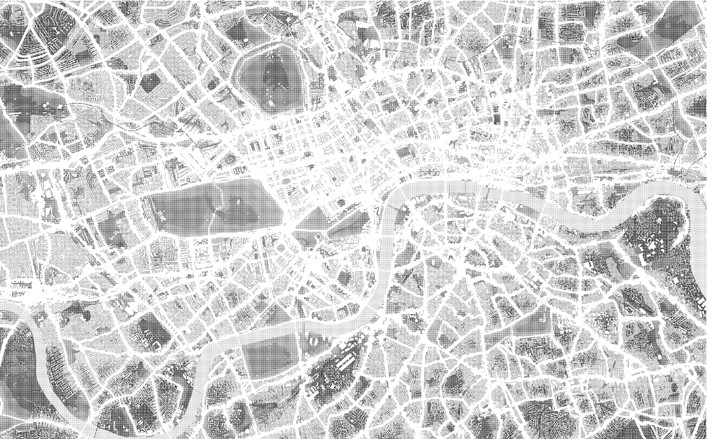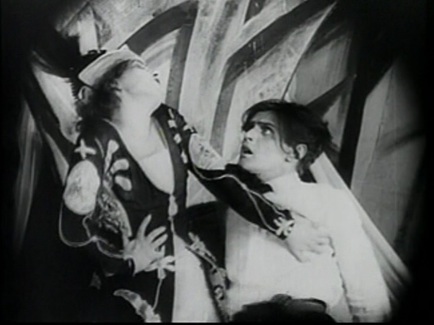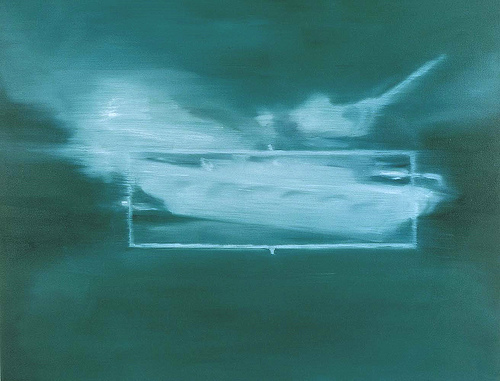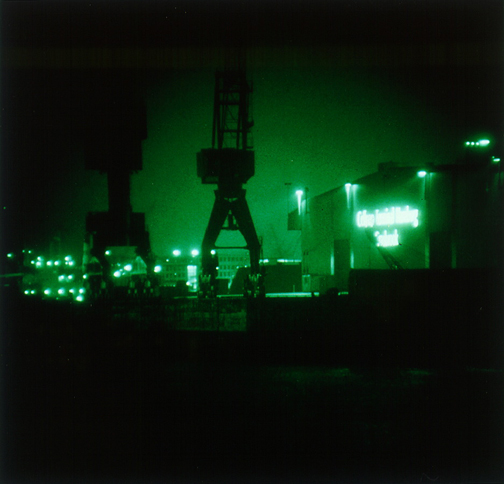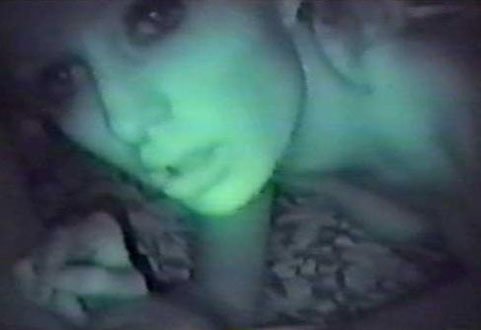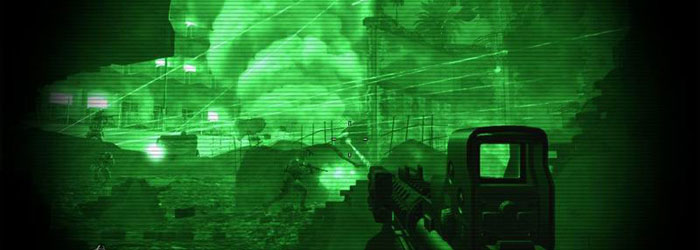
This is kind of an addition to my Minimalist post, which focussed on a series of used-to-be-obscure recording of so-called “minimal” music. Thanks to New World Records – who have also reissued pearls by the likes of Julius Eastman and Peter Zummo – another “lost classic” has been given a new life: ‘KMH – Piano Music in the Continuous Mode’, Lubomyr Melnyk’s debut album from 1979. According to Wikipedia Melnyk “pioneered ‘continuous music’ which employs extremely rapid arpeggios of varying duration, repeated with the sustain pedal to generate overtones and sympathetic resonances. These overtones blend or clash according to the harmonic change in the arpeggios according to a harmony based on Melnyk’s personal geometric models and often create a sombre, stately effect. He is also the fastest pianist in the world, sustaining speeds of over 19.5 notes per second in each hand. In addition he has the record for most number of notes played in one hour with 93,650 individual notes played.” His music has been described by critics as ”the play of atoms bouncing around at supersonic speeds!”. On his personal website (tagline: “first there came Franz Lizst ….. then came LUBOMYR (-: ), it is explained that Melnyk’s Continuous Music is “based on the principle of a ‘continuous’ and unbroken line of sound from the piano — this is created by generating a constant flow of rapid (at times EXTREMELY rapid) notes, usually with the pedal sustained non-stop. The notes can be either in the form of patterns or as broken chords that are spread over the keyboard. To accomplish this requires a special technique, one that usually takes years to master — this technique is the very basis of the meditative and ‘metaphysical’ aspects within the music and the art of the piano.” Although Melnyk’s earlier music was generally classified as ”Minimalism”, Melnyk prefers to call his music ”MAXIMALism”, since the player has to generate so many, many notes to create these ”Fourth Dimensions of Sound”. On the site it also states that “people have often said that, during live performances, they heard trumpets, horns, entire string orchestras emanating from the piano … for Melnyk’s music turns the piano into a veritable orchestra of sound”. Unfortunately, according to Melnyk this sound experience is lost in the digital processing, since the overtones no longer can live freely in their high dimensions, but are, as he puts it, ”plucked out like random feathers off a chicken, leaving the once so beautifully feathered surface, splotched and scabbed with tiny sores” (see here for more explanation). But anyways, here’s some samples…
This is part 5 of ‘KHM’ (available here for try-outs)
[audio:http://chicago1.binarybooty.com/x/$vzQQnzdUunBkn6SnbBdS8tgKCg4crfSo/061dd01aa6/05 – Lubomyr Melnyk – five kmh.mp3]
Also check out this sample of his ‘Voice of Trees’ (1985), a great piece for 3 Tubas and 2 Pianos, composed for choreographer/dancer Kilina Cremona. (available here for try-outs).
[audio:http://www.lubomyr.com/musik/VcOfTrees.%20Pt2-%20B.mp3]
Melnyk is still active, by the way. Here’s an interview he did in March this year, on the occassion of a concert he gave in Halifax. Time to get this man over here…
Update: here’s another interview, conducted by Jon Mueller.
